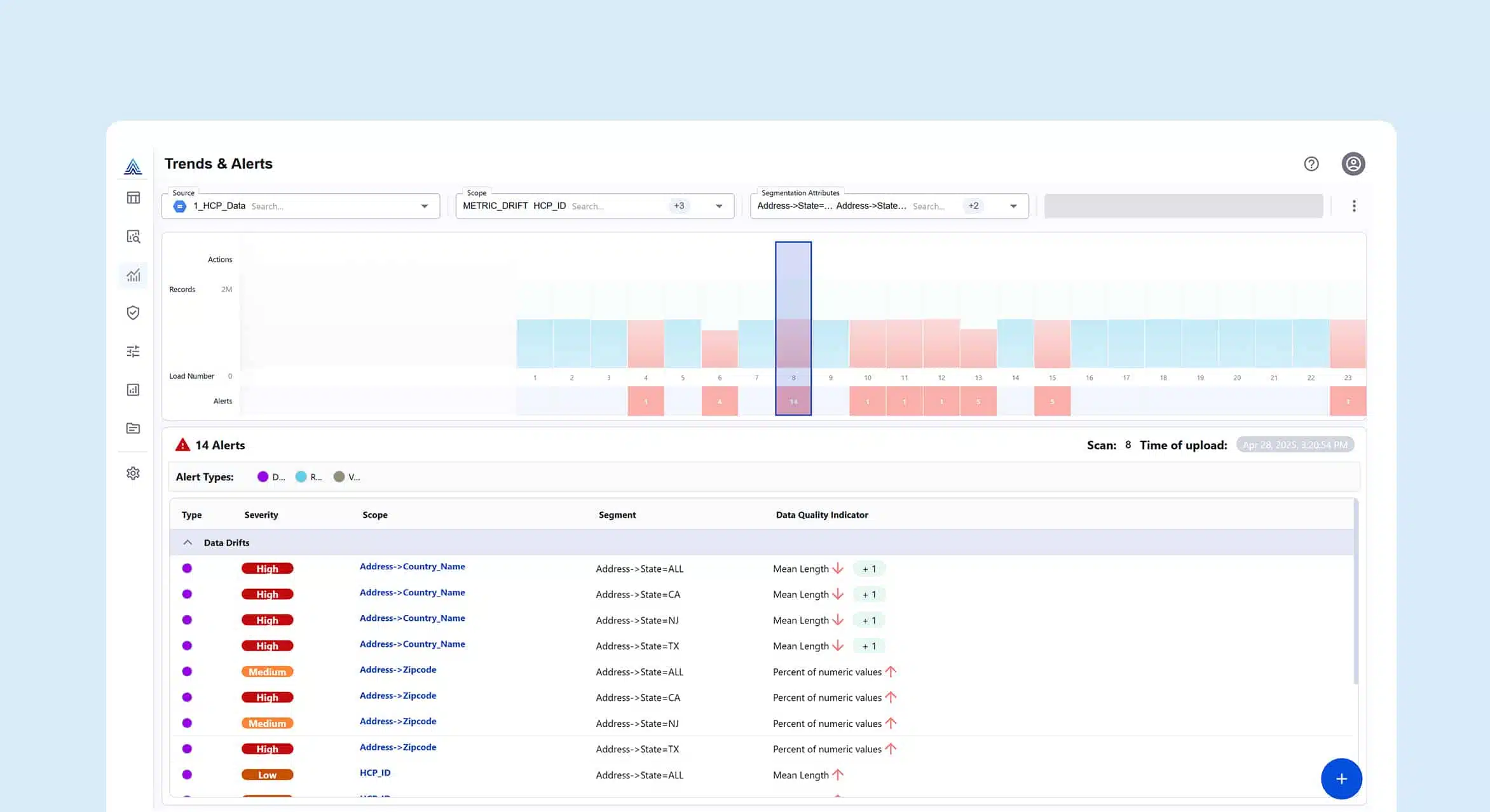What is the Difference Between ETL and IPaaS?
Actian Corporation
July 9, 2020

ETL (extract, transfer, and load) and IPaaS (Integration Platform as a Service) are data integration methods to connect different IT systems and data sources together. While ETL is a set of techniques for moving data, IPaaS is a more holistic set of capabilities for moving and integrating data between IT systems. IPaaS is often seen as the successor or “next-generation” of ETL tools – optimized to operate in modern cloud IT environments.
The digital transformation of business has brought about rapid growth in the number of diverse IT systems a company uses to support its business processes. Many of the modern systems that business users are adopting are SaaS solutions and platforms operated by third parties. These external systems are combined with internal systems (either built by your company’s IT department or installed in your company’s data centers) to form the backbone for a set of technology-enabled business processes. The success or failure of digital transformation initiatives often hinges on the effectiveness of your IT department in managing the integrations and data flow between the various systems your company uses.
What is ETL?
Two primary design patterns are used in data integration. The first is data replication. This is where ETL comes in. Traditional business processes are built on the concept of independent process steps, similar to the stations on an assembly line. Something is created in one place and then moved to the next station down the line. When IT systems were initially implemented, they were designed to replicate this value chain process. Data is created in one system and then replicated or moved to downstream systems where it is used for something else. ETL was a game-changing method when it was first introduced and enabled the integration of systems from different suppliers as well as the ability to copy operational data into a data warehouse for archival, analytics, and reporting.
There are two challenges with ETL processing that companies quickly discovered. First is the exponential growth of data and the storage costs that accompany it. If you have 100 records of data in a source system and through ETL processes, you replicate that data into ten downstream systems, you then have 10x the amount of data to store and maintain. The second issue is keeping replicated data up-to-date. Most ETL operations are what are referred to as “batch processing” where a group of transactions queue up and are moved downstream periodically. This is kind of like mail stacking up in an outbox for a letter carrier to pick up and distribute once per day. Batch processing worked fine in an environment where business processes were highly manual and were executed over a series of days or weeks. Modern digital business processes are expected to operate in real time and are often fully completed within minutes or hours.
IPaaS – A Modern Approach to Integration
Integration Platform as a Service (IPaaS) is the modern set of data integration capabilities. The “as a service” part of the name implies that the integration platform is a specialized type of software hosted in the cloud and delivered via a subscription. Actian DataConnect is an example of IPaaS. IPaaS includes the legacy capabilities of ETL (as well as ELT) for batch processing but also provides facilities for real-time transactional integration – playing the role of “data hub” or “data fabric” for the organization. Some IPaaS solutions can also be run on-premises or bridge across on-premises and cloud-deployed systems. These are referred to as “hybrid IPaaS” solutions.
The big difference between ETL and IPaaS is the ability to integrate data in real-time. Digitally transformed business processes have a strong dependency on technology to enable productivity and efficiency as well as data to drive decision-making. IPaaS solutions provide the capabilities to connect all of your IT systems together and enable the orchestrated movement of data across your organization – whether that be real-time transaction processing, operational analytics for process control, or movement of data into your data warehouse for archival and big-data analytics.
Modern businesses need the flexibility that IPaaS provides. Actian DataConnect iPaaS is a versatile hybrid integration platform providing the capabilities your company needs to connect your IT systems – providing tools for secure, scalable, and agile management of your data anywhere, anytime. To learn more, visit DataConnect.
Subscribe to the Actian Blog
Subscribe to Actian’s blog to get data insights delivered right to you.
- Stay in the know – Get the latest in data analytics pushed directly to your inbox.
- Never miss a post – You’ll receive automatic email updates to let you know when new posts are live.
- It’s all up to you – Change your delivery preferences to suit your needs.
Subscribe
(i.e. sales@..., support@...)



